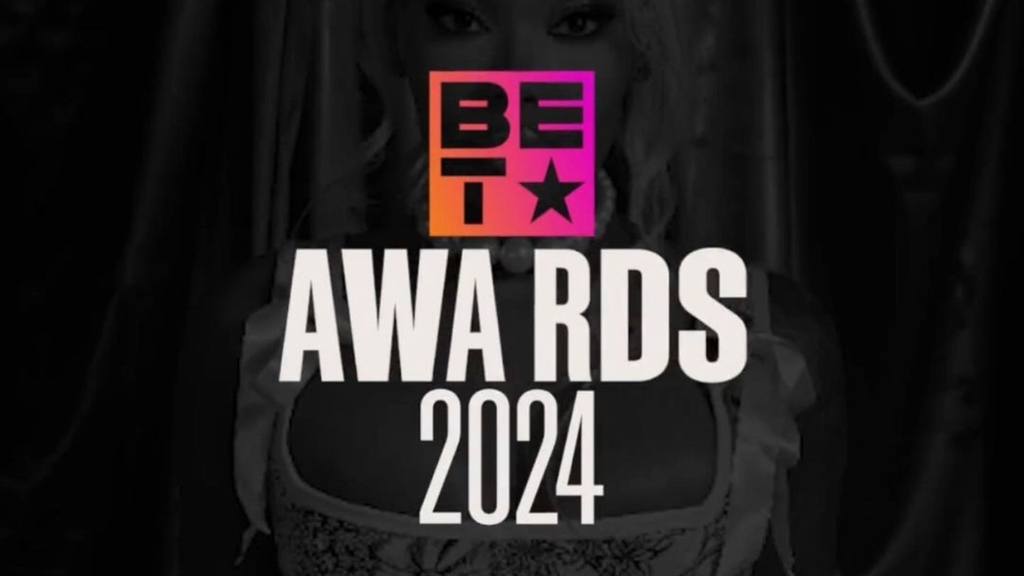The world of digital visuals is vast and intriguing. It presents a myriad of opportunities for content creators, marketers, and even the everyday enthusiast. Two terms that often bubble up to the surface in this expansive sea are 'motion graphics' and 'animation.' While they might seem synonymous to the uninitiated, there's more than meets the eye. Let's dive deep into the realms of these two art forms, unpacking their core attributes, their tools of the trade, and why one might be chosen over the other.
Motion Graphics vs. Animation: Navigating the Vibrant Digital Visual Landscape
The digital age has transformed how we share stories, information, and emotions. At the center of this evolution stand motion graphics and animation — two pillars that redefine how we perceive digital content. Both mediums, though interlinked, have distinct identities and purposes. Whether you're an aspiring artist, a sharp marketer, or a digital enthusiast, understanding their nuances can be both rewarding and enlightening.
Motion Graphics: Where Art Meets Information
Essentially, motion graphics breathe life into static designs, transforming them into engaging narratives. Think of them as the crossroads where graphic design meets animation. By seamlessly blending images, text, sound, and video, motion graphics communicate information in a lively, digestible format. Prime examples include the dynamic text animations you see in commercials, the compelling logo unveils in brand campaigns, and immersive infographics that distill complex data into visually engaging stories.

Areas where motion graphics dominate:
- Quick ads demanding viewers' attention.
- Music videos that couple sounds with mesmerizing visuals.
- Short media formats such as explainer videos, corporate intros, and product unveilings.
Animation: Crafting Illusions and Narratives
Animation offers a broader canvas, one where creators mimic life and convey stories. Recollect the nostalgic Disney tales or the gripping characters in modern 3D games — that’s the magic of animation. It encompasses more than just imagery; it's about weaving emotions, narratives, and experiences. From the rudimentary hand-drawn sequences of the past to today’s sophisticated computer-generated imageries, animation's scope and depth have evolved immensely.
Comparing Motion Graphics and Animation: A Deeper Look

Purpose:
Motion Graphics:
Primarily focused on conveying specific messages or information. For instance, a corporate video might use motion graphics to elegantly showcase annual growth through dynamic visuals and charts.
Animation:
Tends to navigate the vast ocean of emotions and stories. Films like "Toy Story" and "The Lion King" perfectly illustrate its narrative strength.
Tools and Techniques
Motion Graphics:
Requires a blend of design insight, mastery over typography, and, at times, data visualization skills. The outcome is typically informative and engaging.
Animation:
The skills extend from understanding human anatomy to portraying emotions and crafting narratives.
Why Choose One Over the Other?
Benefits of Motion Graphics:
- Ideal for bite-sized consumption, aligning with today's fleeting attention spans.
- Transforms dense data into easy-to-grasp visuals.
- Its versatility is evident in its use in ads, tutorials, and more.
Benefits of Animation:
- Forms a deep emotional connection with viewers.
- Offers unparalleled creative freedom.
- Appeals universally, enchanting audiences of all ages.
Final Thoughts
Motion graphics and animation, despite their overlaps, own distinct territories in the digital visual space. Recognizing their individuality and strengths can lead to better content decisions, whether you're in the realm of creation or consumption.
Eager to journey further into the digital visual spectrum? Dive into our in-depth articles on 10 Types of Animation Techniques and Emerging Motion Graphics Trends to satiate your curiosity.




